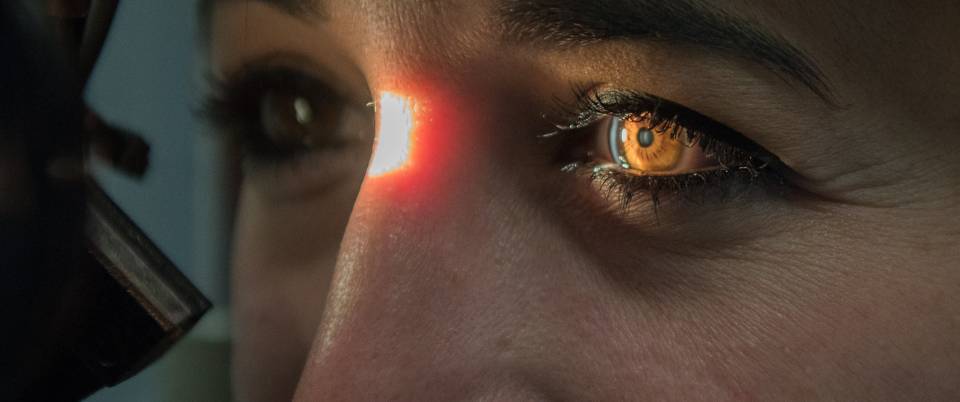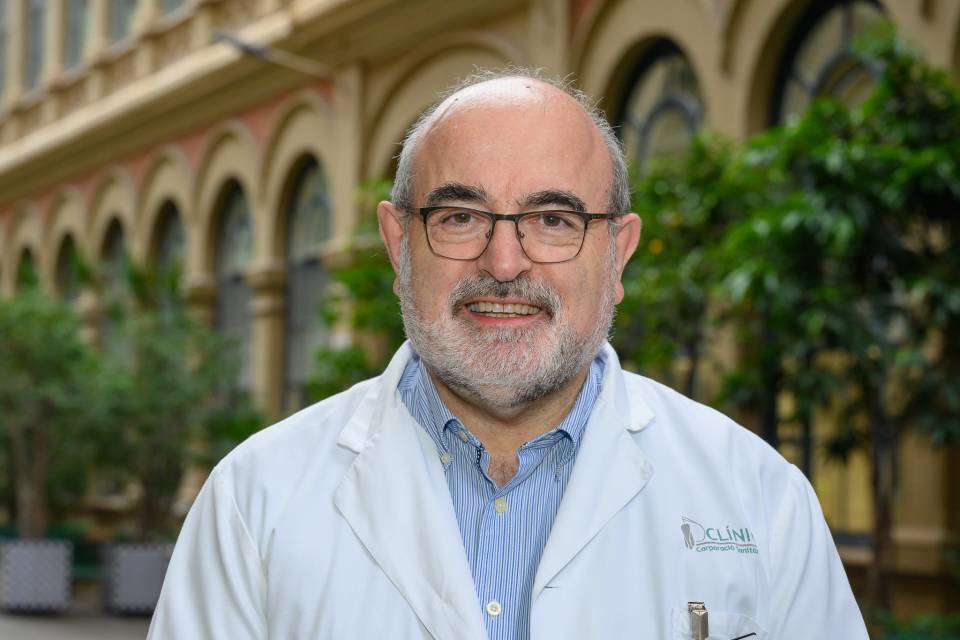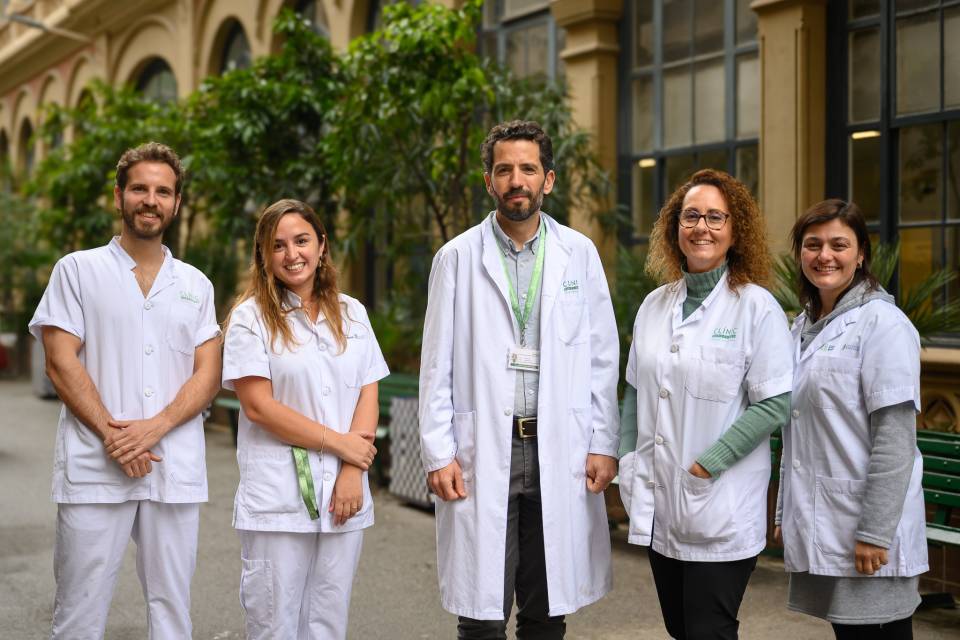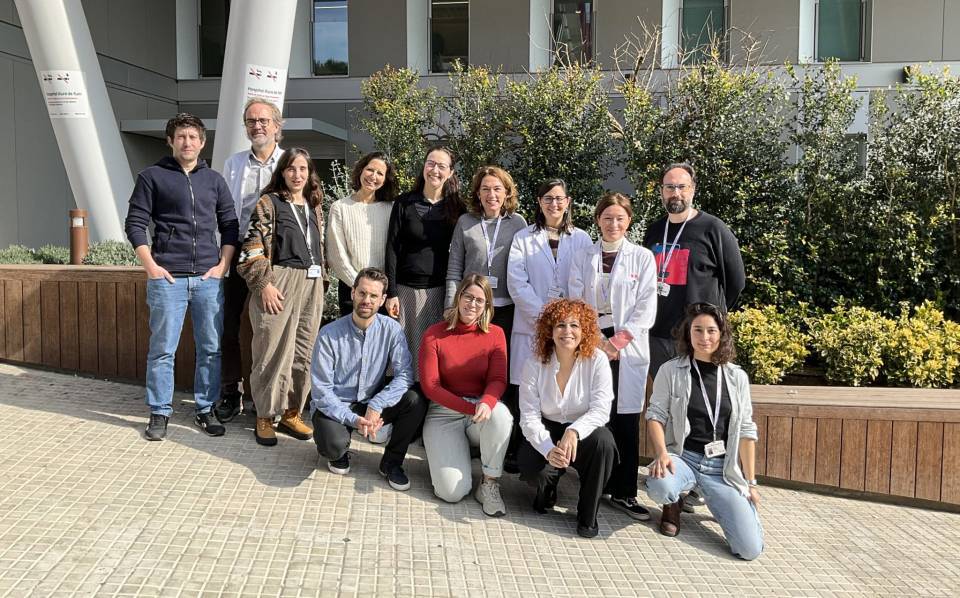Non-infectious uveitis (NIU) includes a large number of illnesses that cause inflammation of the intraocular tissue. More specifically, uveitis is the inflammation of the uvea, the middle layer of the eye, which causes pain, blurred vision and redness. Despite being largely unknown, it affects 47,000 people in Spain and causes 20% of cases of blindness in developed countries. Furthermore, this illness tends to affect young or middle-aged people, hugely impacting their quality of life and well-being.
The usual treatment for this disease is corticosteroids. However, short- and long-term side effects are very common and systematically increase as the dose is raised. Uveitis cannot be controlled by maintaining the same dose of corticosteroids due to frequent exacerbations and the progression of the disease.
Some studies have been carried out with Adalimumab (ADA), a human monoclonal antibody, in particular immunoglobulin G1, to find an alternative to corticosteroids. This molecule has been approved as a biological treatment for various immune diseases and has also shown a certain efficacy in the treatment of uveitis in some clinical trials. For now, its effect has only been studied in patients who no longer responded to treatment with corticosteroids and who had never been treated with another biological therapy. It has also been observed to work in children and adolescents in the early stages of uveitis.
Its positive effects, as well as its good safety profile, lead to its approval for treatment of these subgroups both in the USA and in Europe in 2016 and 2017, respectively.
The BioÚvea project, in which multiple hospitals across the state participated, is an observational study that puts the long-term effects of ADA to the test for different groups of patients, which had never been studied until now. This research was coordinated by Dr Víctor Llorens of the ocular inflammation group at the Hospital Clínic-IDIBAPS, led by Dr Alfredo Adán. Other objectives of the study were to confirm whether the efficacy changed when administered with other drugs (such as localised corticosteroid injections or immunomodulatory drugs), as well as seeing the effect of changing the ADA dose to adapt to the development of the disease, a common clinical practice in recent years.
To check these variables, the drug retention time (DRT) was used as a measurement. This is a good way of measuring the balance between patients’ tolerance of the medicine and its effectiveness.
This drug’s retention rate was measured in 392 patients with NIU, of which 218 were women, with an average age of 39 years. These patients’ development was monitored for 12, 24 and 60 months (1, 2 and 5 years).
The results were that the drug retention rate after 12 months was 87%, 76% after 24 months and 54% after 60 months. This data demonstrates that the drug ADA is effective in the long-term. Furthermore, a low rate of side effects was observed, meaning its safety profile is very good.
Other conclusions drawn were that administering ADA with other drugs does not reduce this drug’s retention rate. On the other hand, the use of ADA in patients who have previously received biotherapy may be related to abandoning the treatment due to inefficacy.
All these results confirm that corticosteroids, until now the treatment of choice for non-infectious uveitis, are being left behind due to their non-specificity and side effects. These drugs are being substituted for biological therapies such as monoclonal antibodies, which have a better safety profile due to being more targeted. This treatment is an important breakthrough for people with uveitis, because as well as being effective, it is less damaging than corticoids and can be used in a wider patient profile.
Source: Dr Alfredo Adán, Institut Clínic de Oftalmología director.




